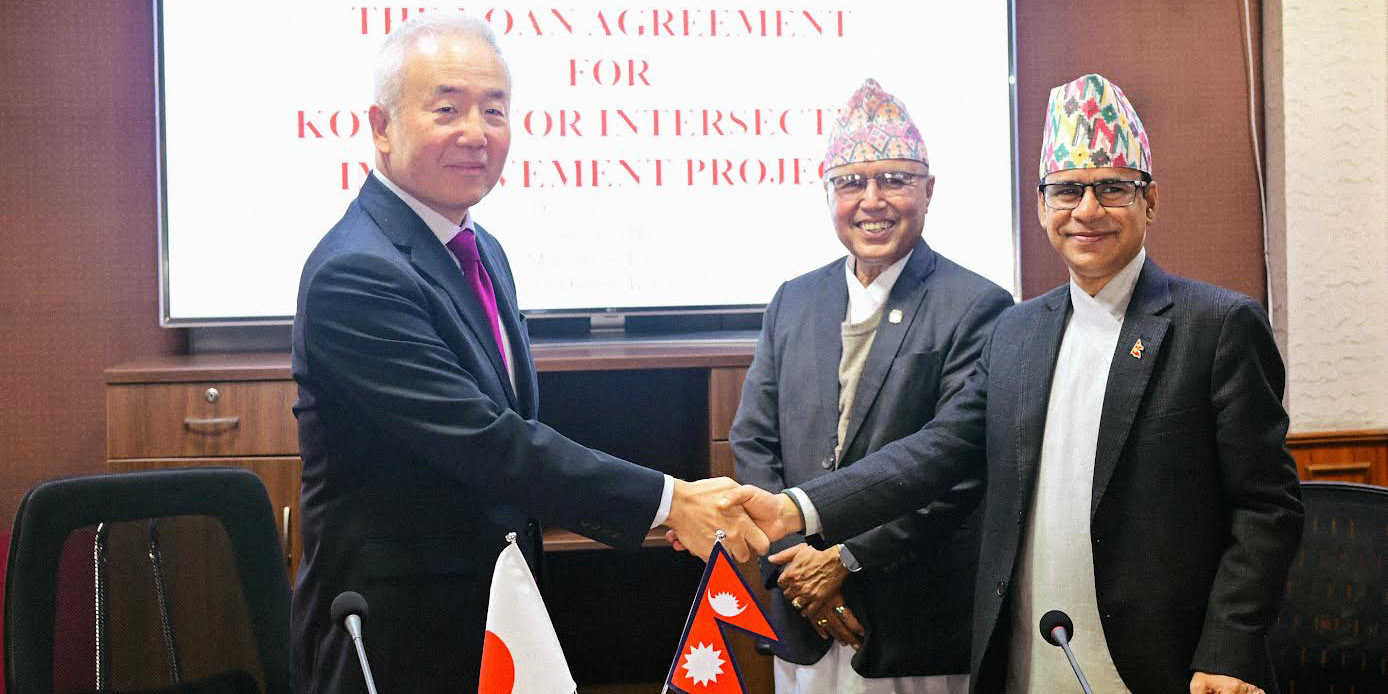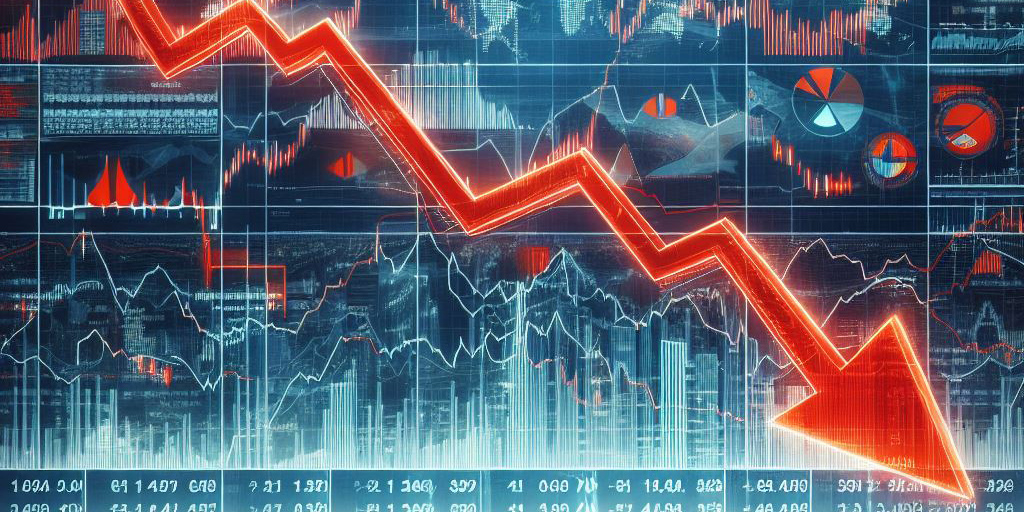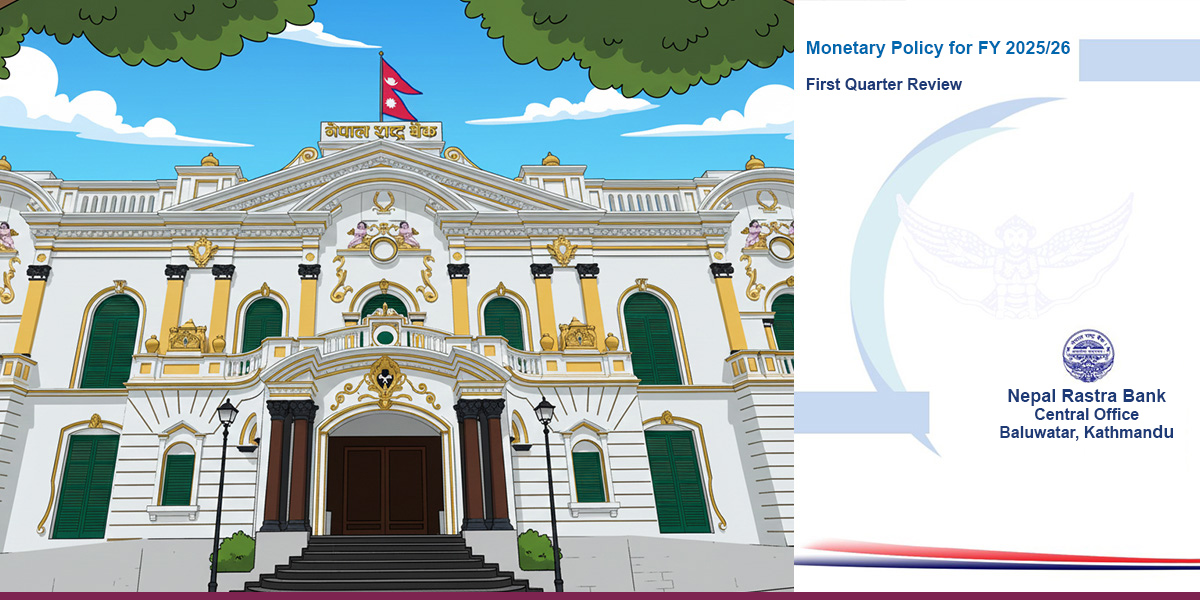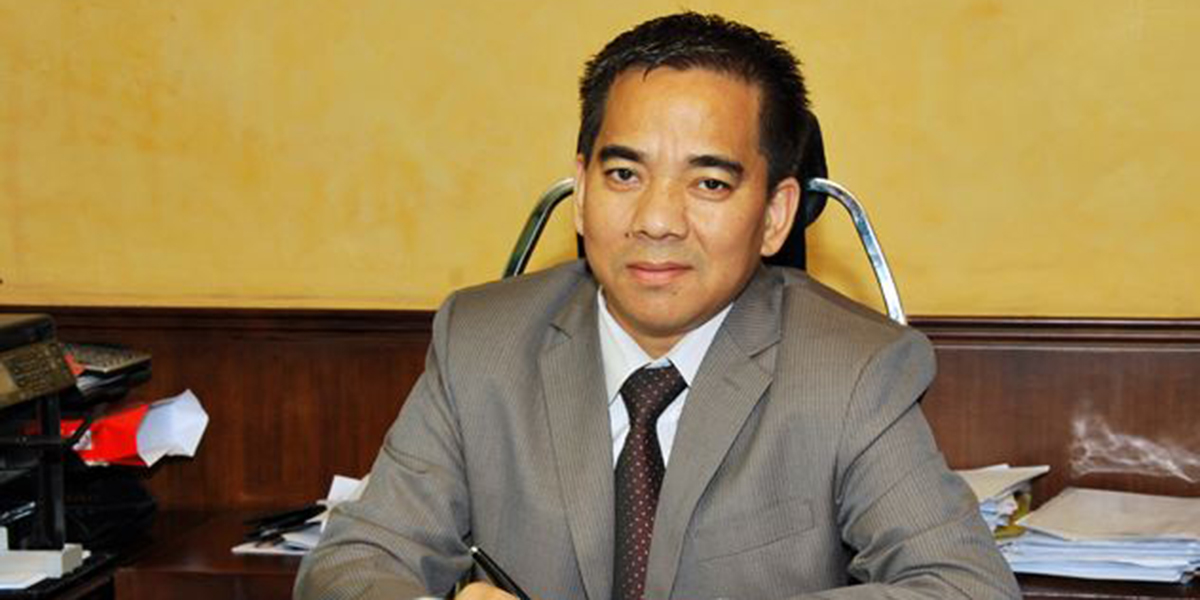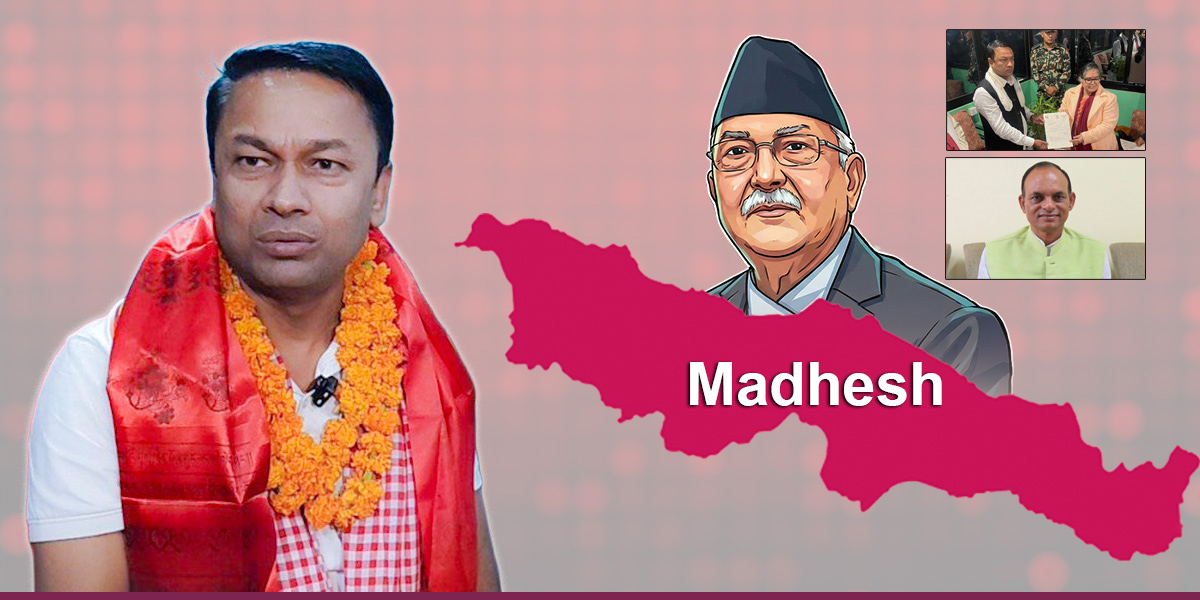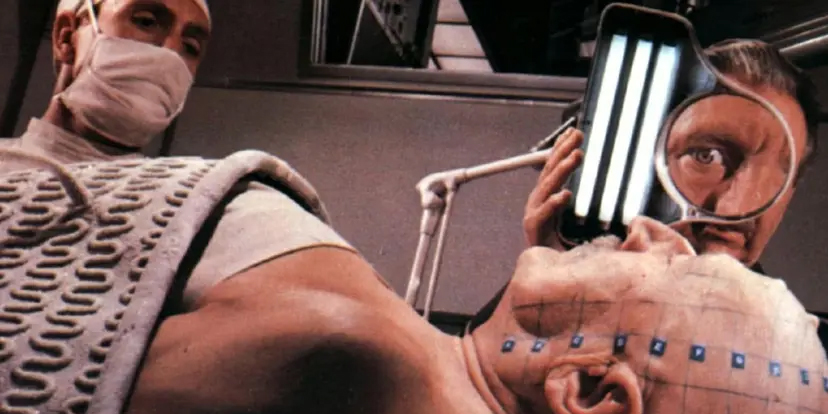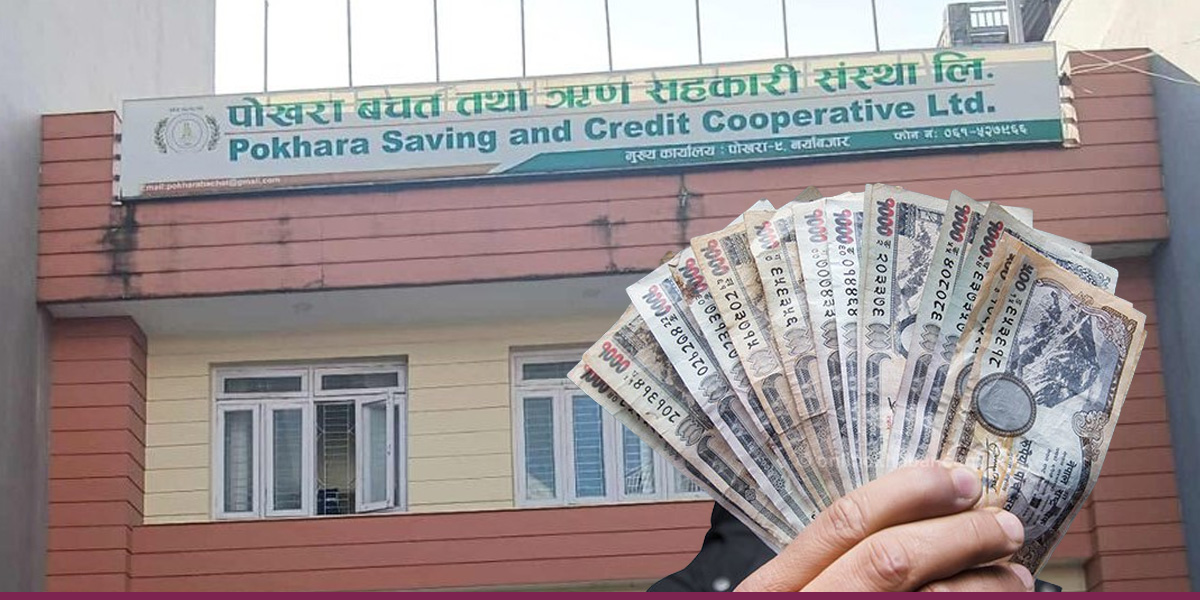
KATHMANDU: Consumer price inflation moderated to 8.08% in the fourth month of the Fiscal Year 2022/23, compared to 8.64% in the third month.
The inflation, however, is up compared to 6.04% in the same period of FY2020/21, according to the Current Macroeconomic Report of the first four months of FY2022/23 made public by the central bank on Thursday.
While food and beverage inflation stood at 7.38%, non-food and service inflation rose to 8.63% percent in the review month, according to the NRB.
Under the food and beverage category, the year-on-year price index of restaurant & hotel sub-category increased 15.97%, tobacco products by 11.81%, milk products & eggs by 9.33%, cereal grains and their products by 9.19% and alcoholic drinks 8.84%.
Similarly, in non-food and services category, price index of the transportation sub-category increased by 17.71%, health by 11.22%, recreation & culture by 8.76%, housing & utilities by 8.49% and furnishing & household equipment by 8.33%.
During the four months of 2022/23, the country’s merchandise exports fell by 33.3% amounting to Rs.54.77 billion against an increase of 104.3% in the same period of the previous fiscal year. While exports to India and China decreased by 42.3% and 34.2% respectively whereas exports to other countries increased 7.4%. Exports of zinc sheet, particle board, woolen carpets, tea, readymade garments, among others, increased whereas exports of soyabean oil, palm oil, oil cakes, jute goods, textiles, among others,
decreased in the review period.
During the four months of 2022/23, merchandise imports fell by 18.1% to Rs.532.69 billion against an increase of 61.6 percent a year ago. Imports from India, China and other countries decreased by 16.5%, 20.9%, and 20.1%, respectively. Imports of petroleum products, chemical fertilizer, sponge iron, gold, and aircraft spare parts, among others, increased whereas imports of transport equipment & parts, silver, telecommunication equipments and parts, M.S. billet, crude soyabean oil, among others, decreased in the review period.
According to the report, remittance inflows increased by 20.4% to Rs.378.04 billion in the review period against a decrease of 7% in the same period of the previous year. In US Dollar terms, remittance inflows increased by 10.8% to 2.93 billion in the review period against a decrease of 7.3% in the same period of the previous fiscal year.
The balance of payments (BoP) remained at a surplus of Rs 20.03 billion in the review period, compared to a deficit of Rs 150.38 billion in the same period of the previous year.
Similarly, the current account remained at a deficit of Rs 35.40 billion in the review period compared to a deficit of Rs 220.91 billion in the same period of the previous year. In US Dollar terms, the current account registered a deficit of 278.0 million in the review period compared to a deficit of 1.86 billion in the same period last year. According to the report, the balance of payments (BoP) remained at a surplus of Rs 20.03 billion in the review period. BoP was in a deficit of Rs 150.38 billion in the same period of the previous year.
Forex reserves
Gross foreign exchange reserves increased by 2.5% to Rs.1246.27 billion in mid-November 2022 from Rs 1,215.80 billion in mid-July 2022. In US dollar terms, the gross foreign exchange reserves increased 1.0 percent to 9.63 billion in mid-November 2022 from 9.54 billion in mid-July 2022. Of the total foreign exchange reserves,
reserves held by NRB increased 3.3% to Rs.1091.22 billion in mid-November 2022 from Rs.1056.39 billion in mid-July 2022. Such reserves held by banks and financial institutions, however, decreased by 2.7% to Rs.155.05 billion in mid-November 2022 from Rs.159.41 billion in mid-July 2022. The share of Indian currency in total reserves stood at 23.5 percent in mid-November 2022.
According to the report, the foreign exchange reserve of the banking sector is sufficient to cover the prospective merchandise imports of 9.7 months, and merchandise
and services imports of 8.4 months.

 Himal Press
Himal Press 